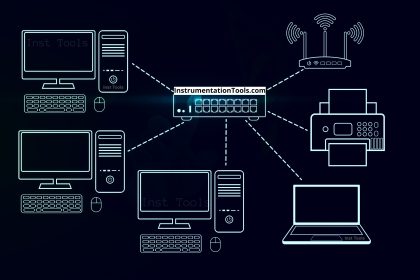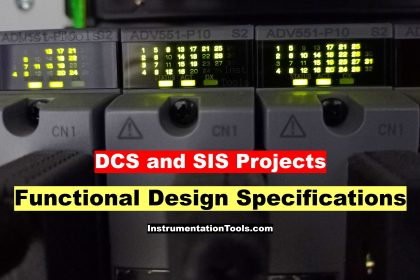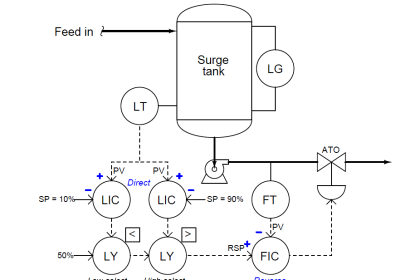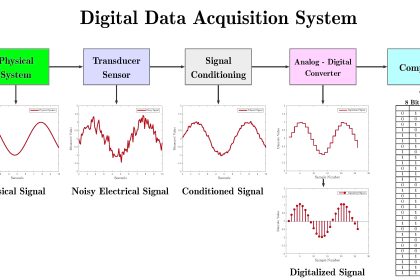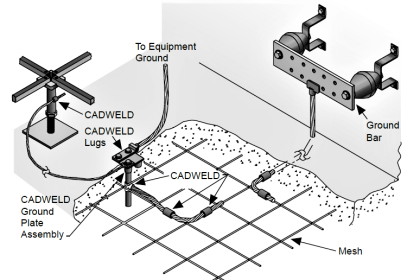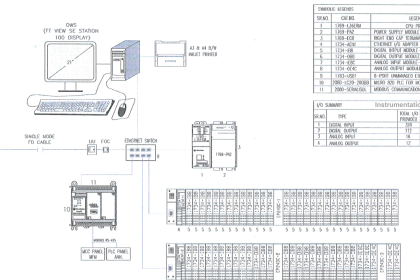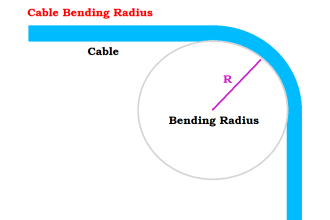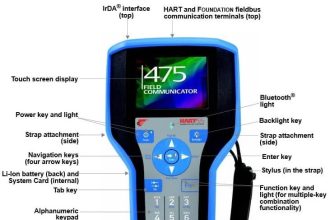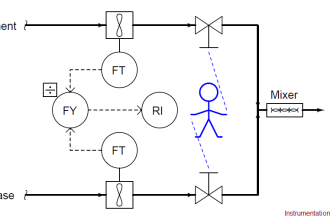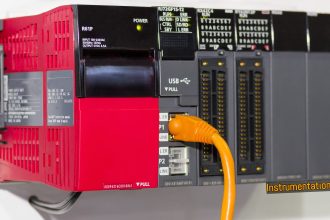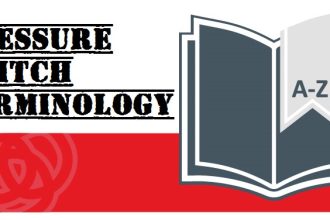For the emergency closure of Emergency Shutdown valves (ESD) in oil and gas plants or power plants, several specific types of signals are commonly used.
Emergency Valve Shutdown
These signals are used to trigger the ESD system as per the process logic to actuate the ESD valves in emergency situations. Some of them are discussed below.
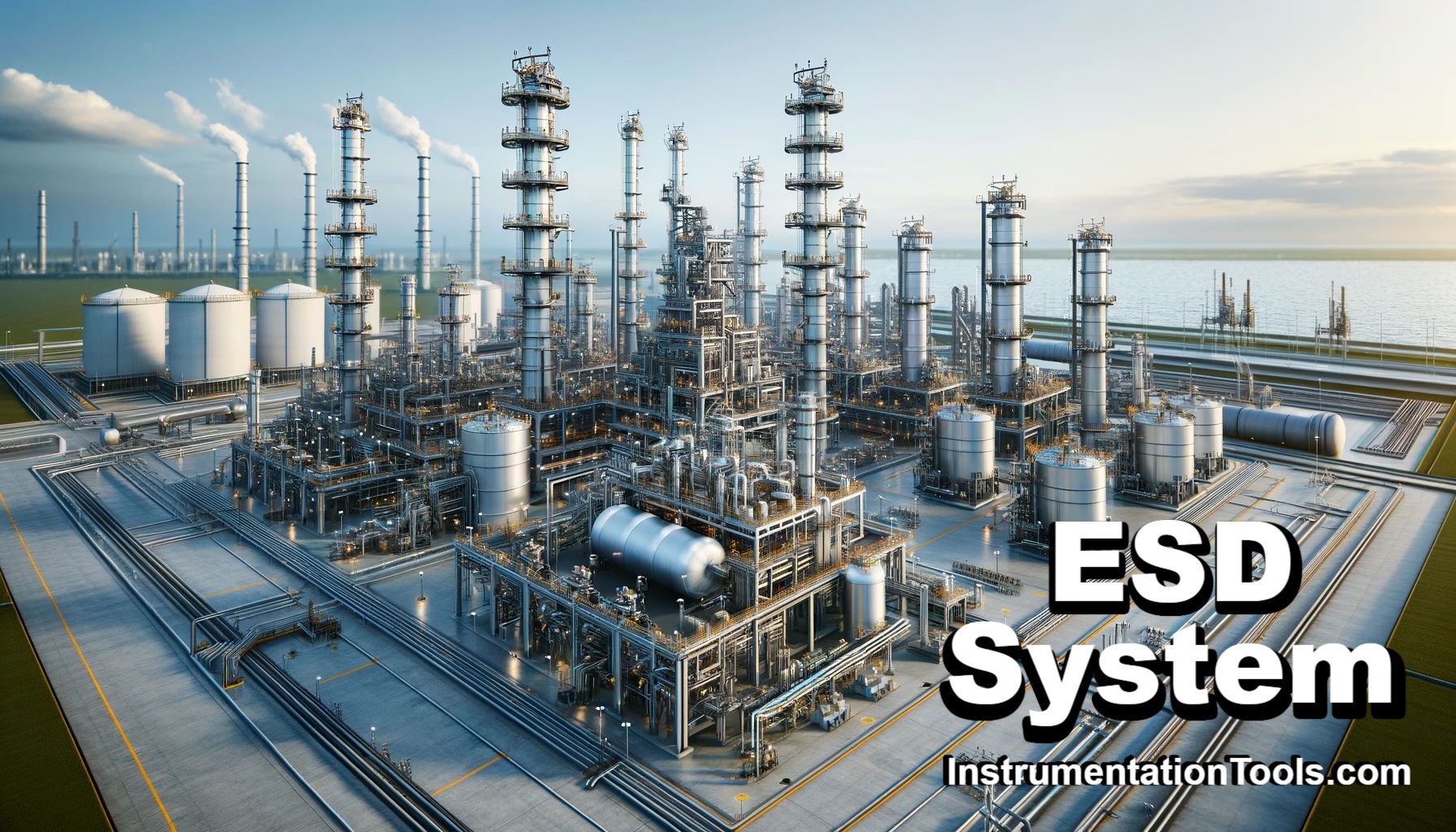
Pressure Signals
These are among the most common signals used for ESD activation. A significant deviation from normal operational pressure either too high or too low can trigger the ESD system.
Pressure transmitters are used to monitor the process pressure.
Flow Rate Signals
Abnormal flow rates, which could indicate a leak or an unintended release of materials, can also be used to activate ESD systems.
The flow sensors provide real-time data on the flow rate of gases or liquids in the pipeline.
Temperature Signals
When the process temperature is unable to be controlled by the basic process control system such as a DCS then the ESD may initiate the trip if the temperature reaches beyond controlled limits.
Fire and Gas Detection Signals
The presence of flammable gases or the outbreak of a fire is detected by fire and gas detectors. When the fire and gas system detects any fire or gas leaks then it sends signals to the ESD system to initiate shutdown procedures.
Manual Activation Signals
These are provided by manual push buttons or switches that can be used by personnel to trigger the ESD system in case of observed dangers that might not be detected by automated sensors or when the operators want to initiate emergency shutdown.

Control System Inputs
Signals from Distributed Control Systems (DCS) or Supervisory Control and Data Acquisition (SCADA) systems can be used to activate the ESD system.
These signals will be generated based on the analysis of various process parameters and applied logic. Sometimes manual operation can be performed by the operators.
Safety Instrumented Systems (SIS) Inputs
The SIS system has independent inputs and outputs with separate logic. This is designed to prevent hazardous conditions and can trigger ESD valve closure as per our requirement.
Remote Activation Signals
These signals allow for ESD activation from different locations such as individual control rooms, operator consoles, hardwired consoles, and graphics. These provide an additional layer of safety, especially in situations where access to the site is hazardous or restricted.
Emergency Stop Signals
These signals can come from emergency stop buttons located throughout the industry, allowing for immediate shutdown in case of an emergency.
Conclusion
The ESD system is typically configured to respond to these signals by immediately initiating a series of actions, including the closure of valves, to halt the flow of hazardous materials, shut down processes, or isolate sections of the plant.
This multi-signal approach enhances the reliability and responsiveness of the ESD system, ensuring a swift reaction to various potential emergency scenarios.
If you liked this article, then please subscribe to our YouTube Channel for Electrical, Electronics, Instrumentation, PLC, and SCADA video tutorials.
You can also follow us on Facebook and Twitter to receive daily updates.
Read Next:
- What is HIPPS System?
- Emergency Block Valves
- SIS Common Cause Failure
- SIS Verification & Validation
- Testing and Repair Deferral

